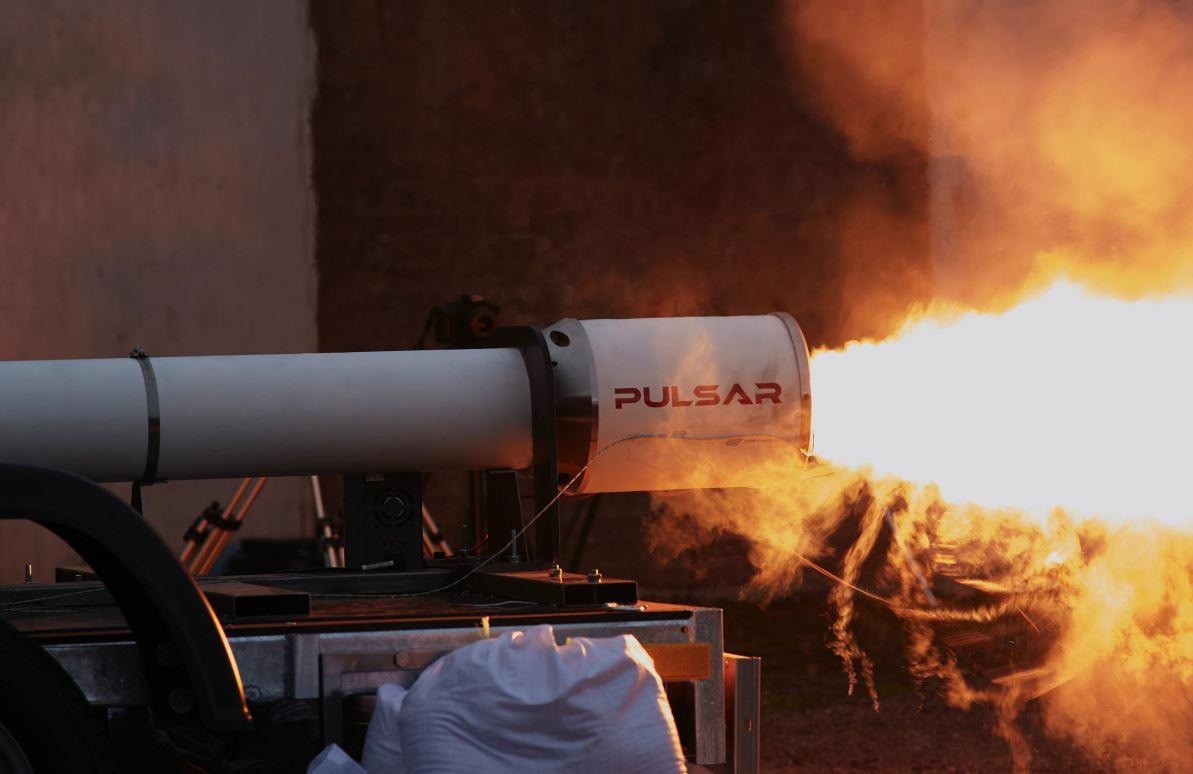AZoCleantech speaks with Richard Dinan, founder of Pulsar Fusion. Pulsar Fusion is a leading force in the European nuclear fusion technology sector. The company leverages scientific advances into commercial innovations across aerospace and energy.
Can you give our readers an insight into the history of Pulsar Fusion? When was the company founded and what is the mission of the company?
Pulsar Fusion, formerly known as Applied Fusion Systems, is the product of 9 years of fusion research. We are a space propulsion company focusing on Nuclear Fusion for high-speed propulsion.
What were some of the tests that were carried out on the rocket? What was the importance of understanding the outcomes of these tests?
The two hybrid rockets tested in Switzerland and the U.K. are commercial rocket engines capable of launching people or satellites into orbit. These first engines will give way to our next generation Liquid / Oxygen thrusters which will be an important addition to our launch portfolio.
One of our rocket scientists commented, "The Swiss tests importantly demonstrated Pulsar's ability to do rapid (and safe) early-stage development and testing in the aerospace field. I can count off the feed system and control system build days on my fingers. We were doing equipment procurement, assembly, subsystem checks, test firings, procedures, logistics all in parallel. Looking back, this is not something that would typically happen. It's something that SpaceX was known for and which set them apart."
What stage is the Hall effect thruster ("HET") prototype currently at?
Pulsar Fusion has designed, manufactured and extensively tested two Hall effect thrusters. One with a large engine in boron nitride and a smaller engine model built from graphite, which is a first. We have also received a government grant to support our heated cathode work in partnership with the University of Southampton. The engines have been tested at Harwell on a vibration table where they survived a 20G-RMS shake test, simulating the most aggressive launch. We are seeking an in-orbit demonstration in 2023.

PLSR High Energy Launch Thruster/ Image Credit Pulsar Fusion
The "green" rocket engine was tested using a hybrid fuel of high-density polyethylene (HDPE) and oxidizing nitrous oxide N2O. Is this hybrid fuel classed as a renewable energy source?
The Pulsar hybrid rocket engine produces an exhaust that is around 50% inert and non-toxic nitrogen (which makes up about 80% of the air we breathe). The remainder is a mix of water plus some carbon monoxide and carbon dioxide. Compared with conventional engines running on liquid oxygen and a refined version of kerosene, our engine exhaust has less than half the carbon footprint and greenhouse gas emissions.
Compared to traditionally used fuel sources, what environmental benefits does the hybrid fuel have?
The propellants used - nitrous oxide N2O and polyethylene HDPE - are some of the cleanest available to the space industry, producing an exhaust of largely water vapor. In addition, the extremely low production energy requirement results in one of the lowest carbon footprints in the world for an engine of this size.
Pulsar Fusion supercharged hybrid rocket test in Gstaad, Switzerland
Video Credit: YouTube / Pulsar Fusion
What benefits can some of the products from Pulsar Fusion bring to the aerospace industry?
The company is building these complex and advanced products outside of the U.S. and associated regulations that slow down the availability of these products. Pulsar Fusion has shown it can build the engines to a variety of specifications in record timeframes.
What is next for Pulsar Fusion?
We are continuing work on our first prototype 100kN LOX/METHANE engine for demonstration in 2022 and more importantly, our Nuclear Fusion propulsion prototype is making progress.
Where can readers find more information?
More information can be found on the company website. Your readers can also watch out for updates on Twitter; my Twitter handle is @RichardDinan.
About Richard Dinan
Richard founded the company in 2011 and has been working on the development of fusion energy for more than 10 years because of his commitment and belief in the technology as a solution to many of humankind's most pressing problems- global warming, cleaner and faster power generation, space travel, and space migration.
By building a media profile and networking with prominent academics in the field, Richard has built up a powerful team of like-minded scientists who are not only committed to fusion, but want to see it fast-tracked and commercialized in the private sector, through Pulsar.
Richard is the author of 'The Fusion Age - Modern Nuclear Reactors' Built and has designed rapid prototyping facilities for European Defence and Aerospace companies, including Airbus, Jaguar Land Rover and The Dubai Space Agency. His robotics and prototyping innovations have been endorsed and showcased by the British government and were used to represent British innovation at Germany's CeBit trade fair in 2014.
Richard has also been a guest lecturer at Imperial College to Master of Science (MSc) students, speaking on business development and rapid prototyping. Richard has also been a guest lecturer at Oxford University, his lecture 'Private Nuclear Fusion Reactors' is available to view on YouTube. Richard currently serves on the judging panel of the Great British Entrepreneur Awards and has been named as an Inventor on two, US/EU/UK patents.
Disclaimer: The views expressed here are those of the interviewee and do not necessarily represent the views of AZoM.com Limited (T/A) AZoNetwork, the owner and operator of this website. This disclaimer forms part of the Terms and Conditions of use of this website.